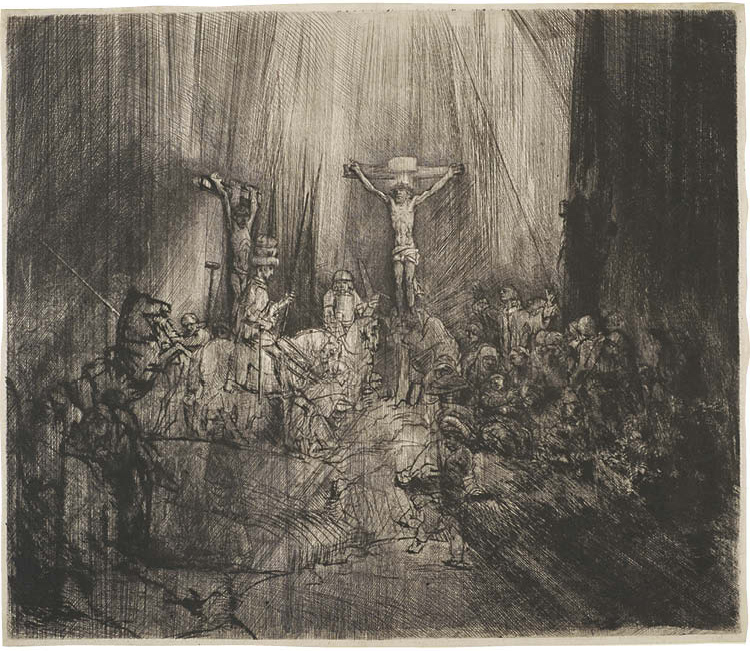In the stretched land of philosophical thought, few figures loom as large as Georg Wilhelm Friedrich Hegel. His philosophical opus, characterised by its dialectical tradition, unveils an intriguing conceptual centrepiece – “The Idea.” This overarching construct stands as the linchpin of Hegelian philosophy, akin to the most vital puzzle piece within the intricate mosaic of existence. It is here that we encounter what can be aptly described as the Holy Grail of intellectual inquiry in the realm of Hegelian thought.
In Hegel’s intellectual architecture, the journey to apprehend “The Idea” bears resemblance to the assembly of a perplexing jigsaw puzzle. Each fragmentary concept or notion serves as a unique puzzle piece, demanding harmonisation and synthesis through the faculties of human reason and dialectical discourse. The ultimate objective? A heightened and enlightened comprehension of this elusive and sublime concept – “The Idea.”
Within this thought art emerges as a pivotal guide and companion. It assumes a role of transcendence, acting as a vehicle through which the manifold facets of “The Idea” may be conveyed to humanity. In the hands of the artist, be it through painting, sculpture, music, literature, dance, or theatre, art becomes a medium through which the innermost recesses of human emotion and thought are rendered tangible.
The force of art comes from its ability to go above language and logical limitations and into the world of the universal. Hegel’s view of art emphasises how free from linguistic or cultural limitations it is, serving as a universal language. Art fills the role of a bridge in this universality, enabling common emotional experiences among various nations and civilisations.
However, it is crucial to understand that art is only one facet of a complex prism within the larger context of human culture and philosophical evolution. Hegel’s insight raises philosophy and religion to greater heights, serving as a powerful tool for human expression and communication. He believes that these areas go beyond art’s ability to fully portray “The Idea.”
Hegel’s conception of “The Idea” unveils itself as the master puzzle piece of his philosophical mosaic. Art, with its potent potential for expression and communication, becomes a treasured ally in the quest for comprehension. Yet, the journey towards unveiling this formidable riddle is one that demands dialectical contemplation and intellectual discourse. Through these progressions, humanity seeks to grasp the profoundest truths of the world, with “The Idea” serving as our guiding star.
Feature Image: Christ Crucified Between the Two Thieves 1653–55. Rembrandt van Rijn (Dutch, 1606–1669). Drypoint and engraving; 38.5 x 45 cm. Acquired by J. Pierpont Morgan, 1905| Courtesy:The Cleveland Museum of Art
https://www.abirpothi.com/good-art-bad-artist-is-it-even-possible-to-seperate-art-from-the-artist/

Iftikar Ahmed is a New Delhi-based art writer & researcher.






